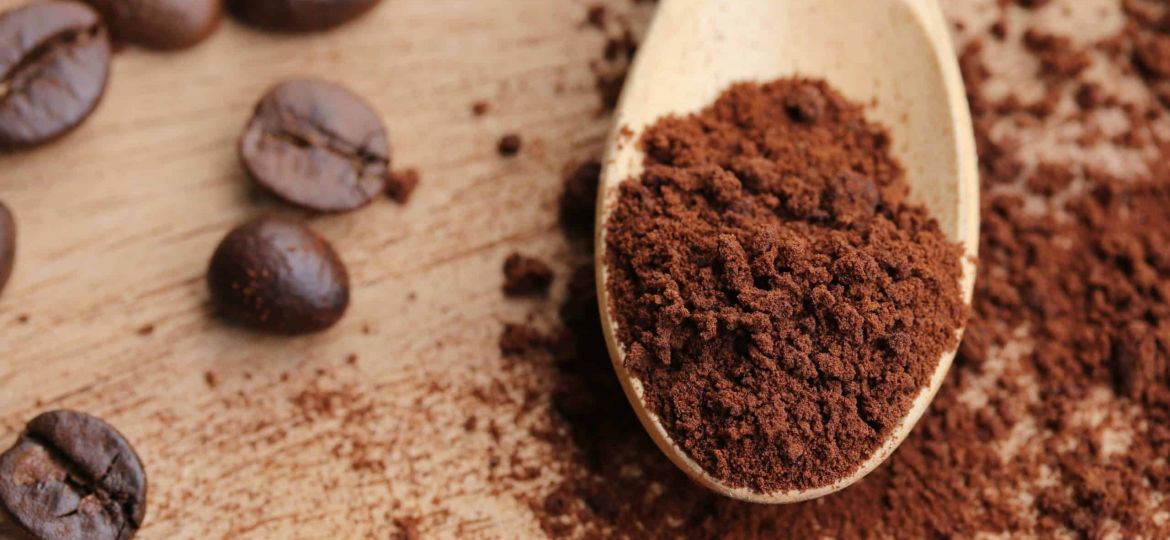
The grind size of coffee beans significantly influences the brewing process and the eventual taste of the coffee. A precise grind ensures optimal extraction of coffee flavors and aromas, directly correlating to the quality of the brew. Medium grind, characterized by a texture similar to table salt, is versatile, making it suitable for various brewing methods, including drip and pour-over coffee makers.
Understanding Coffee Grind Sizes
Grind size ranges from extra coarse, akin to peppercorns, to extra fine, resembling powdered sugar. Each size caters to different brewing methods, affecting the extraction rate and flavor profile of the coffee. Coarse grinds are ideal for French press and cold brew, allowing for slower extraction and a smoother taste.
Fine grinds suit espresso machines, extracting quickly under high pressure to produce a concentrated flavor. Medium grind strikes a balance, offering a uniform size that ensures consistent extraction without over or under-extraction, resulting in a well-balanced and flavorful cup.
The Right Tools for Grinding: Burr vs. Blade Grinders
Grinders are pivotal in achieving the desired grind size. Blade grinders, often more affordable, use a spinning blade to chop beans, leading to inconsistent grind sizes. Burr grinders, on the other hand, crush beans between two burrs to produce uniform and consistent grind sizes, crucial for optimal coffee extraction.
The consistency achieved with burr grinders is especially important for medium grinds, where even extraction is key to a balanced and flavorful cup. The precision of burr grinders makes them the preferred choice for coffee enthusiasts seeking a consistent medium grind.
How Long to Grind Coffee Beans for a Medium Grind
The optimal grinding time for achieving a medium grind can vary depending on the type of grinder used. Generally, for a medium grind, the grinding process should take about 10 to 15 seconds when using a standard blade grinder. However, with a burr grinder, the process may not be defined by time but by the setting, as these grinders offer more precise control over the grind size.
Adjusting the grinding time is essential when switching between grinder types; blade grinders require monitoring to achieve consistency, while burr grinders rely on predefined settings to ensure uniformity.
Step-by-Step Guide to Achieving the Perfect Medium Grind
Preparing Your Beans for Grinding: Start with high-quality, fresh beans. Measure approximately 20 grams of beans per cup of coffee, adjusting based on personal taste preferences. Ensure your grinder is clean for a pure flavor profile.
Detailed Grinding Process for Medium Grind: For blade grinders, pulse in short bursts, checking the consistency frequently to avoid over-grinding. For burr grinders, select the medium grind setting. Grind until you achieve a consistency similar to table salt, ideal for drip and pour-over coffee methods.
Factors Affecting Grinding Time and Quality
Importance of Coffee Bean Quality: The freshness and quality of coffee beans are paramount. Fresh beans result in a more aromatic and flavorful cup of coffee. Store beans in an airtight container in a cool, dry place to maintain their quality over time.
How Grind Size Affects Brewing and Flavor Extraction: The grind size directly impacts the extraction process; finer grinds increase the surface area exposed to water, leading to quicker extraction but potentially bitter coffee if over-extracted. Conversely, coarser grinds result in slower extraction, which can lead to weak coffee if not ground properly. Medium grinds offer a balanced extraction, making them versatile for various brewing methods.
Grinding Coffee Beans Without a Grinder
If you lack a coffee grinder, several alternative methods can assist in grinding coffee beans. A mortar and pestle can be used for a coarse grind, ideal for French Press. Rolling pins or a heavy kitchen tool can crush beans inside a bag for a more inconsistent, coarse grind suitable for cold brewing.
Blenders and food processors are another option, but they should be pulsed to prevent overheating the beans, aiming for short bursts to achieve the desired consistency.
FAQs
How long should coffee beans stay in the grinder?
Coffee beans should only remain in the grinder for the duration of the grinding process. Extended periods can lead to over-extraction when brewed, negatively impacting the coffee’s taste.
How to store coffee beans and grounds for freshness?
Store coffee beans in an airtight container in a cool, dry place. For grounds, a non-transparent, airtight container on a pantry shelf away from heat, light, and moisture is recommended. Avoid storing daily-use coffee in the freezer to prevent moisture damage.
Impact of grind size on coffee flavor?
Grind size significantly affects the coffee flavor. A finer grind increases the surface area, enhancing extraction but risking bitterness if over-extracted. A coarser grind reduces surface area, slowing extraction and potentially resulting in weak coffee if under-extracted. Medium grinds provide a balance, suitable for various brewing methods.
Conclusion
The optimal grinding time for a medium grind is crucial in achieving the perfect balance in coffee flavor and extraction. Adjusting grind time based on grinder type, using fresh, high-quality beans, and storing them properly are essential steps in this process.
Alternative grinding methods can be employed in the absence of a conventional grinder. Understanding the impact of grind size on flavor will guide in tailoring the grinding process to meet individual taste preferences, ensuring a delightful coffee experience.









